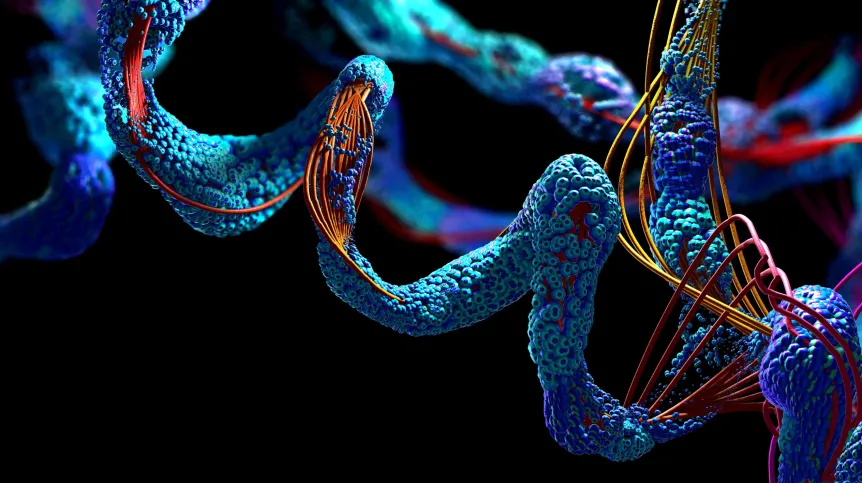
Researchers from the University of Warsaw and the University of Wrocław have developed a method for constructing flexible molecular knots and links. Flexibility enables the formation of entangled regions in protein or nucleic acid molecules.
In the future, such knots and links could be used to construct original machines, new catalysts, as well as receptors, i.e. compounds that - thanks to the ability of the 'host' molecule to match the geometrical requirements of the 'guest' - will be able to bind smaller molecules within their interiors.
Most synthetic knots and links are obtained by using metal cations as particles to organise the molecule into the appropriate topology. Metal ions stabilise the structure, while simultaneously making such systems rigid.
'Although knots and links are mainly of interest in mathematical topology, they also fascinate chemists, who have created many molecules with non-trivial topology,’ says Professor Bartosz Trzaskowski from the Centre of New Technologies (CeNT) at the University of Warsaw. His research team has contributed to the development of a method for constructing flexible synthetic links
The researchers used new building blocks. As a result, they obtained a group of molecules that exhibit dynamic behaviour, similar to that observed for complex biomolecules and polymers.
The results of their collaboration were published in Angewandte Chemie (https://doi.org/10.1002/anie.202316489). The so-called highlight, i.e. a discussion of the original paper, was published in the journal Nature Synthesis. (PAP)
PAP - Science in Poland
kol/ bar/ kap/
tr. RL













